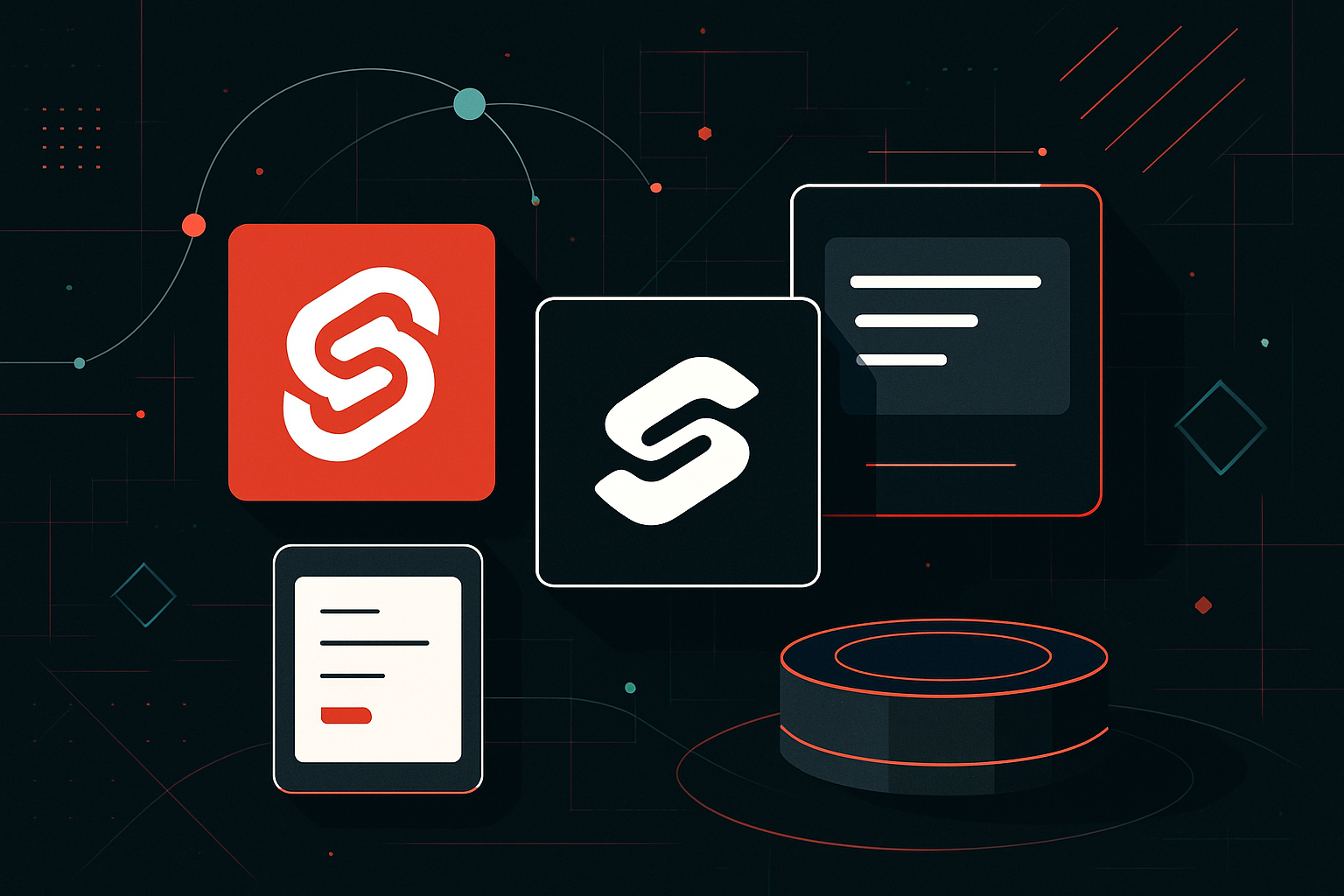Rise of Generative AI in 2025

Rise of Generative AI in 2025
Overview of Generative AI
Generative AI refers to algorithms that can generate new content, whether text, images, audio, or even video, and has seen rapid advancements by 2025. The technology leverages deep learning models, particularly those based on neural networks, to create outputs that mimic the complexity and nuances of human-created content.
Key Technologies and Models
Transformer Models
Transformer models, particularly variants of the GPT (Generative Pre-trained Transformer) and BERT (Bidirectional Encoder Representations from Transformers), remain at the forefront. These models have evolved to handle larger datasets and more complex tasks, leading to higher accuracy and more context-aware outputs.
Diffusion Models
Diffusion models have emerged as a powerful technique in generating high-quality images. By iteratively refining noise into detailed images, these models are used in applications ranging from art creation to realistic image synthesis for media and entertainment.
GANs (Generative Adversarial Networks)
GANs continue to be significant, especially in industries requiring high-quality image and video generation. Advancements in stabilizing GAN training and improving output quality have made them more robust and reliable than ever.
Practical Applications
Content Creation
Generative AI is extensively used for content creation across various media:
- Text Generation: Automated news articles, personalized stories, and creative writing assistance.
- Image and Video Production: Creation of digital art, deepfake video production with ethical guidelines, and virtual environment design for gaming.
Personalization and Recommendation
Generative AI enhances user experience through personalization:
- Personalized Marketing: Tailored advertisements and product recommendations based on user data.
- Customized User Interfaces: Interfaces that adapt in real-time to user preferences and behavior.
Healthcare
In healthcare, generative AI plays a vital role in:
- Drug Discovery: Simulation of molecular structures to predict drug efficacy.
- Medical Imaging: Enhanced image synthesis for better diagnostic accuracy.
Technical Insights
Model Optimization
Optimization techniques have been crucial for scaling generative AI models:
- Pruning and Quantization: Reducing model size and computational requirements without sacrificing performance.
- Federated Learning: Training models across decentralized devices while preserving privacy.
Training Techniques
Improved training techniques include:
- Self-supervised Learning: Leveraging unlabeled data to pre-train models, reducing the dependence on large labeled datasets.
- Reinforcement Learning with Human Feedback (RLHF): Using human preferences to fine-tune models for better alignment with human values.
Challenges and Solutions
Ethical Concerns
Generative AI poses ethical challenges, such as misinformation and privacy issues. Solutions include:
- Ethical Guidelines: Developing frameworks to guide responsible AI deployment.
- Detection Technologies: Creating tools to identify AI-generated content to prevent misuse.
Computational Costs
The computational demands of generative AI are significant. Solutions include:
- Energy-efficient Algorithms: Developing algorithms that require less power.
- Edge AI: Implementing AI at the edge to reduce latency and bandwidth usage.
Comparison of Generative AI Models
| Model Type | Strengths | Weaknesses |
|---|---|---|
| Transformer | High versatility, state-of-the-art NLP | Requires large datasets, computationally expensive |
| Diffusion Models | High-quality image synthesis | Slow generation process |
| GANs | High realism in outputs | Training instability, mode collapse |
Code Snippets and Implementation
Example: Text Generation with GPT-4
Below is a Python code snippet demonstrating how to generate text using a pre-trained GPT model.
from transformers import GPT4Tokenizer, GPT4Model
# Load pre-trained model and tokenizer
tokenizer = GPT4Tokenizer.from_pretrained("openai/gpt-4")
model = GPT4Model.from_pretrained("openai/gpt-4")
# Encode input prompt
input_text = "The future of AI in 2025 is"
input_ids = tokenizer.encode(input_text, return_tensors="pt")
# Generate text
output = model.generate(input_ids, max_length=50, num_return_sequences=1)
# Decode and print the generated text
generated_text = tokenizer.decode(output[0], skip_special_tokens=True)
print(generated_text)
Conclusion
Generative AI in 2025 has reached impressive heights, influencing various sectors with its capabilities. While challenges remain, ongoing advancements in model efficiency, ethical AI practices, and application development continue to unlock new possibilities.





0 thoughts on “Rise of Generative AI in 2025”